Researchers observed AI agents interacting in the virtual town Smallville, and found they can plan their days, debate politics, and even plan a party.
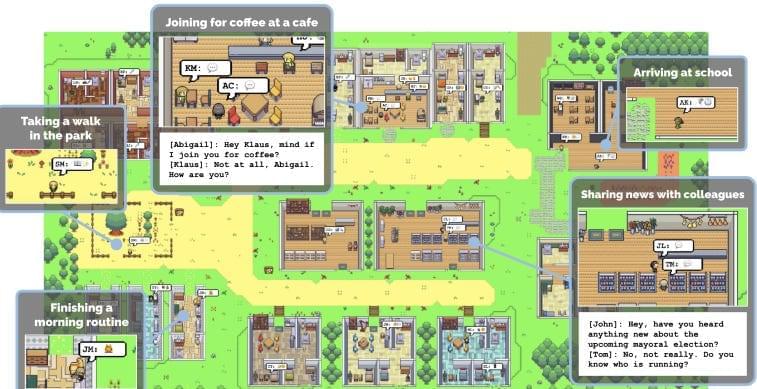

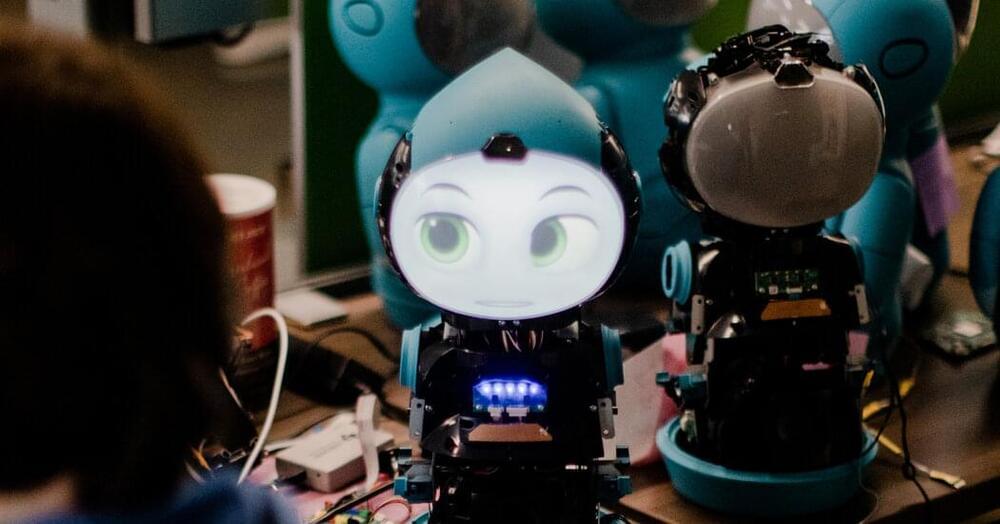
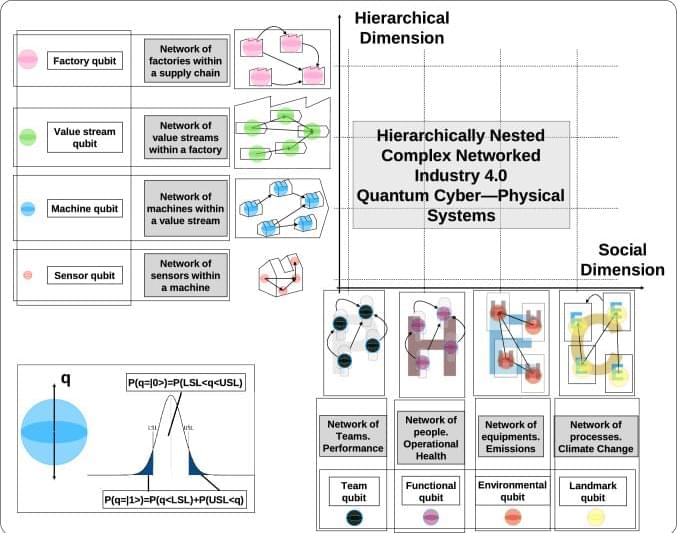
This paper aims to promote a quantum framework that analyzes Industry 4.0 cyber-physical systems more efficiently than traditional simulations used to represent integrated systems. The paper proposes a novel configuration of distributed quantum circuits in multilayered complex networks that enable the evaluation of industrial value creation chains. In particular, two different mechanisms for the integration of information between circuits operating at different layers are proposed, where their behavior is analyzed and compared with the classical conditional probability tables linked to the Bayesian networks. With the proposed method, both linear and nonlinear behaviors become possible while the complexity remains bounded. Applications in the case of Industry 4.0 are discussed when a component’s health is under consideration, where the effect of integration between different quantum cyber-physical digital twin models appears as a relevant implication.
Subject terms: Quantum simulation, Qubits.
Cyber-physical systems (CPS) are integrations of computational and physical components that can interact with humans through new and different modalities. A key to future technological development is precisely this new and different capacity of interaction together with the new possibilies that these systems pose for expanding the capabilities of the physical world through computation, communication and control1. When CPS are understood within the industrial practice fueled by additional technologies such as Internet of Things (IoT), people refer to the Industry 4.0 paradigm2. The design of many industrial engineering systems has been performed by separately considering the control system design from the hardware and/or software implementation details.

Researchers have put a sapphire crystal containing quadrillions of atoms into a superposition of quantum states, bringing quantum effects into the macroscopic world.
By Leah Crane

In 1918, the American chemist Irving Langmuir published a paper examining the behavior of gas molecules sticking to a solid surface. Guided by the results of careful experiments, as well as his theory that solids offer discrete sites for the gas molecules to fill, he worked out a series of equations that describe how much gas will stick, given the pressure.
Now, about a hundred years later, an “AI scientist” developed by researchers at IBM Research, Samsung AI, and the University of Maryland, Baltimore County (UMBC) has reproduced a key part of Langmuir’s Nobel Prize-winning work. The system— artificial intelligence (AI) functioning as a scientist—also rediscovered Kepler’s third law of planetary motion, which can calculate the time it takes one space object to orbit another given the distance separating them, and produced a good approximation of Einstein’s relativistic time-dilation law, which shows that time slows down for fast-moving objects.
A paper describing the results is published in Nature Communications on April 12.
Playlist: https://www.youtube.com/playlist?list=PLnK6MrIqGXsJfcBdppW3CKJ858zR8P4eP
Download PowerPoint: https://github.com/hywong2/Intro_to_Quantum_Computing.
Book (Free with institution subscription): https://link.springer.com/book/10.1007/978-3-030-98339-0
Book: https://www.amazon.com/Introduction-Quantum-Computing-Layper…atfound-20
Can quantum computing replace classical computing? State, Superposition, Measurement, Entanglement, Qubit Implementation, No-cloning Theorem, Error Correction, Caveats.
Elon Musk has been warning of the dangers of artificial intelligence for as long he can remember and now, it looks like his worst fears might be coming true…
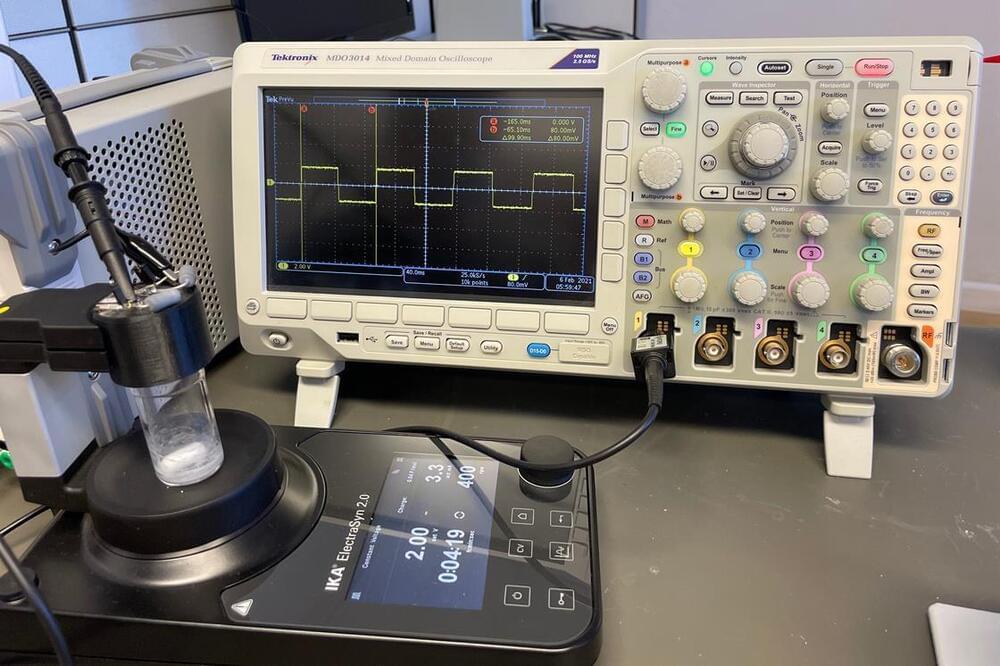
Nearly 200 years since its discovery, industry rarely uses the carbon–carbon bond-forming Kolbe reaction – but now US researchers have shown it can sustainably make valuable substances.
Phil Baran’s team at Scripps Research Institute in La Jolla has done away with high voltages and platinum electrodes best established in the Kolbe reaction. In doing so, the researchers have made it much more versatile. ‘The most important feature is the ability to take waste or similarly priced products convert them into extremely high value materials,’ Baran tells Chemistry World.
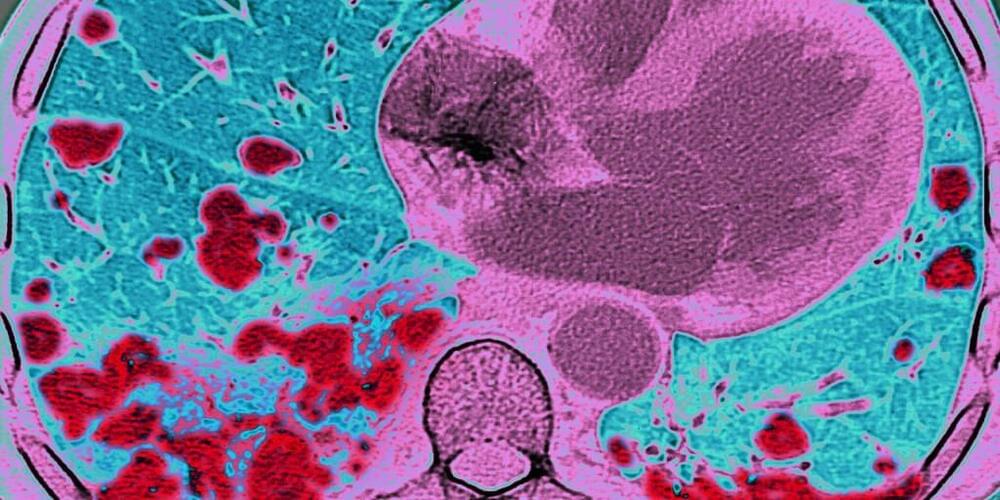
Researchers in Boston are on the verge of what they say is a major advancement in lung cancer screening: Artificial intelligence that can detect early signs of the disease years before doctors would find it on a CT scan.
The new AI tool, called Sybil, was developed by scientists at the Mass General Cancer Center and the Massachusetts Institute of Technology in Cambridge. In one study, it was shown to accurately predict whether a person will develop lung cancer in the next year 86% to 94% of the time.
The Centers for Disease Control and Prevention currently recommends that adults at risk for lung cancer get a low-dose CT scan to screen for the disease annually.

Scientists are still getting to grips with the ins and outs of strange materials known as time crystals; structures that buzz with movement for eternity. Now a new variety might help deepen our understanding of the perplexing state of matter.
Just as regular crystals are atoms and molecules that repeat over a volume of space, time crystals are collections of particles that tick-tock in patterns over a duration of time in ways that initially seem to defy science.
Theorized in 2012 before being observed in the lab for the first time just four years later, researchers have been busy tinkering with the structures to probe deeper foundations of particle physics and uncover potential applications.